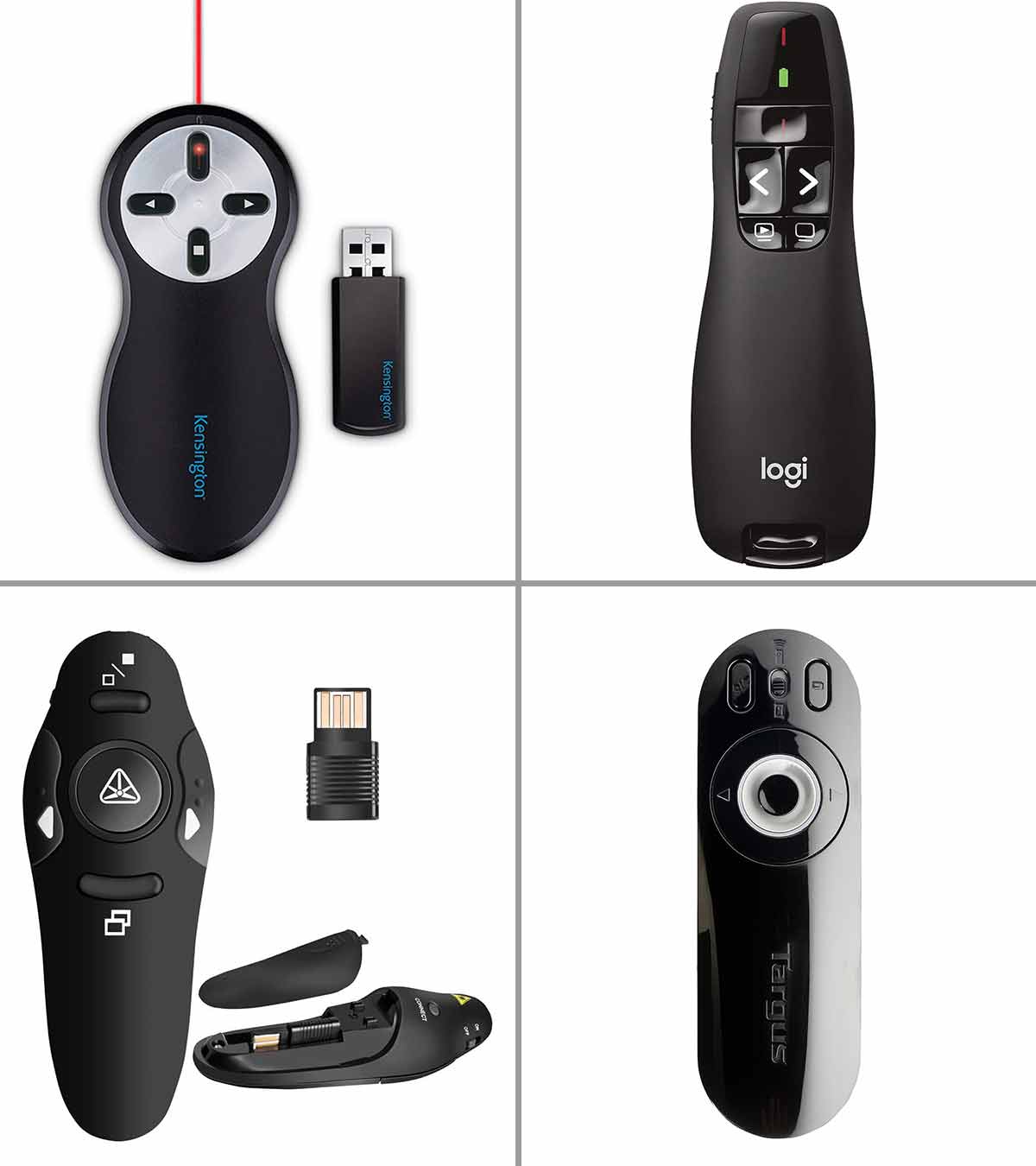
To date, ISA has been typically studied using full-band electroencephalography (fb-EEG) 41, 42. ISA has recently attracted increasing attention due to its unique neurophysiological basis 30 and its relation to resting state networks 31, 35, 36, 37 and to brain states 36, 38, 39, 40. In addition, g-SGFETs have recently demonstrated a high sensitivity for the mapping of infra-slow (<0.5 Hz) brain activity (ISA) 30, 31, 32 with high spatial resolution 6, 7, 33, 34. Graphene solution-gated field-effect transistors (g-SGFETs) have demonstrated a high sensitivity for the detection of local field potentials 15 (LFP), as well as a high performance in multiplexed operation 6, 7. Graphene-based active sensors are another promising candidate to meet these requirements due to the flexibility of graphene 23, 24, its high expected stability 25 and biocompatibility 26, 27, as well as its electronic properties, including a high mobility of charge carriers 28, 29. Some active sensors based on organic semiconductors and thin Si nanomembranes have exhibited promising performance, with novel transistor architectures 17, 22 and insulating technologies 4, 14 improving their performance in some typically constrained aspects such as their frequency response or their long-term stability.

In order to achieve long-term and highly sensitive neural recordings, materials for active sensing are expected to exhibit semiconducting or semimetallic properties, a high electrical mobility and low intrinsic noise, in addition to a high stability, easy integration in flexible substrates and biocompatibility. Although active sensing technologies present substantial advantages over conventional micro-electrode arrays, their implementation is currently limited by the demanding material properties required. The detection principle of active sensors is typically based on the modulation of the conductivity of a transistor channel, which is electrically coupled with the biological environment through its gate 8, 9, 15, 18, 20, 21, 22, producing a local signal pre-amplification. In this line, active sensors have emerged as a promising building block for high-bandwidth neural interfaces 4, 6, 15, 16, 17, 18, 19 because they can be arranged in a multiplexed array 2, 4, 6, 7, 8, 9 enabling high sensor-count probes. In the last decades, large efforts have been dedicated to the development of neural sensing interfaces with high sensor-count on conformal substrates 1, 2, 3, 4, 5, 6, 7, 8, 9, 10, which are required for highly biocompatible intracranial neural probes 11, 12, 13, 14. Increasing the bandwidth of neuroelectronic interfaces in terms of spatial resolution and sensitivity in a wide frequency range is a major and ongoing challenge in neural engineering.



Our work demonstrates the maturity of the graphene-based technology, which represents a promising candidate for chronic, wide frequency band neural sensing interfaces. Furthermore, to illustrate the potential of the technology to detect cortical signals from infra-slow to high-gamma frequency bands, we perform proof-of-concept long-term wireless recording in a freely behaving rodent. Here, we evaluate the performance of 64-channel graphene sensor arrays in terms of homogeneity, sensitivity and stability using a wireless, quasi-commercial headstage and demonstrate the biocompatibility of epicortical graphene chronic implants. However, in order to provide reliable tools for neuroscience and biomedical engineering applications, the maturity of this technology must be thoroughly studied. Their functional properties, together with their flexibility as well as their expected stability and biocompatibility have raised them as a promising building block for large-scale sensing neural interfaces. Graphene active sensors have demonstrated promising capabilities for the detection of electrophysiological signals in the brain.


 0 kommentar(er)
0 kommentar(er)
